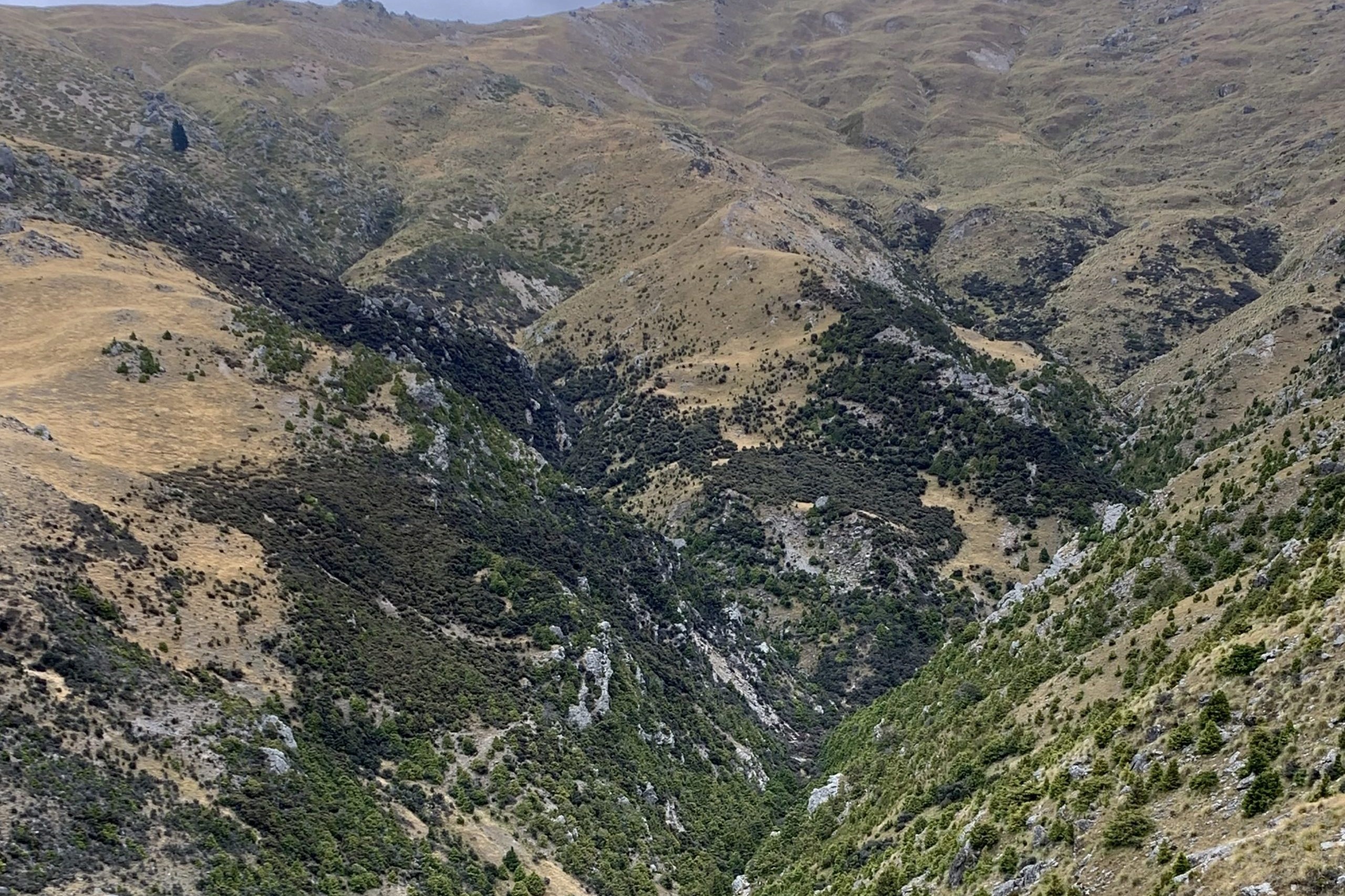The realities of farming
For Gaye Coates and husband Murray the end of winter has allowed them to focus on the ‘doing’ part of farming.

For Gaye Coates and husband Murray the end of winter has allowed them to focus on the ‘doing’ part of farming.
ALONG WITH SOME FAIRLY tangible evidence that winter has all but been packed away, October is a month that delivers on the farm for us a satisfied sense of completion as the last cow calves and we see the end of another calving season.
While calving is undoubtedly the most intense part of our dairy calendar, one of the things I look forward to most is the decluttering that occurs over those busy weeks, the noticeable hiatus from the external distractions of phone calls, visits and branded vehicles calling unannounced.
There is an opportunity to indulge in almost single-mindedly focusing on the core elements of the “doing” part of farming and stepping back into established routines.
Of course, nothing is guaranteed to be static in farming and this year’s calving has not been in the easy category. It’s been a struggle to match cow need with available feed. Late winter typically delivers us a brief but very beneficial dry and warm period buffering us with a small but significant flush of growth for when the inevitable equinox cold and sustained rain sets in.
This year that safeguard just wasn’t in place. Inclement weather throughout August, with rain and low soil temperatures produced little growth.
The weekly farm walk gave some depressing clarification to the eye measurement, showing some weeks as low as 13kg drymatter/ha per day, resulting in some of our lowest pasture covers ever at the beginning of October and well short of what was needed. Compounding this has been wet paddocks and trying to avoid damage saw the cows kept off the grazing platform, more often than was ideal for them.
Slow growth resulted in supplementary feed contributing to almost half of the cows’ diet, significantly more than would feature in a typical calving season. Cow-condition is slightly less than we would be happy with but a recent visit from the vet boosted our confidence with her reassuring objectivity that they are doing okay.
While the supplementary feed is compensating for the lack of grass, it has been difficult to source. Our preference is to feed barley over other grains such as wheat, but our usual Canterbury supply options have not been able to match our requirements (and one scenario saw the forward planned order reneged). We have had to buy from further away and compromise by resorting to wheat to make up the shortfall.
However, a positive for supplementing the cows’ diets was our decision to retain rather than sell surplus balage made onfarm last season. Predictably, the flow-on effect of weather and slow growth has impacted on milk production, with a season-to-date deficit of 7% compared to last season.
Our “taniwha project” of constructing two composting cow barns is frustratingly behind schedule. The plan to have these built for the start of calving would have played out a very different scenario for this calving if the deadlines promised had been met. But they weren’t, and I overheard on more than one occasion disgruntled mutterings emerging from under dripping raincoat hoods about where they and the cows would rather be.
From my vantage point, cocooned comfortably within the shelter of the calf shed, all looked reasonably well. The cow shed office desk strewn with repurposed milk tanker dockets doodled with the workings and re-workings of feed budgets suggested otherwise.
While all of this sounds like the makings of a woeful story, in reality it was one to celebrate. Between everyone, our team here have worn out more than enough pairs of gumboots to have acquired that innate flexibility to rethink, modify the plans and work with the context that is, rather than what should be. That is farming. All is well, albeit different to what we would like and optimistically, sun is forecast next week.




